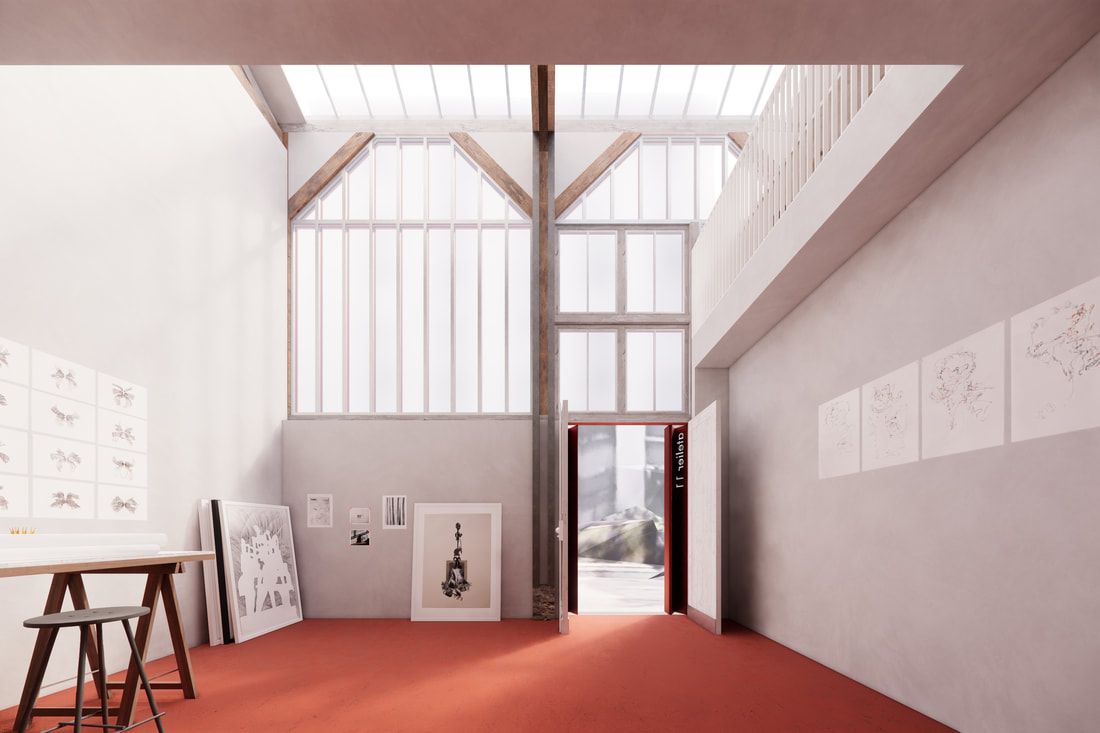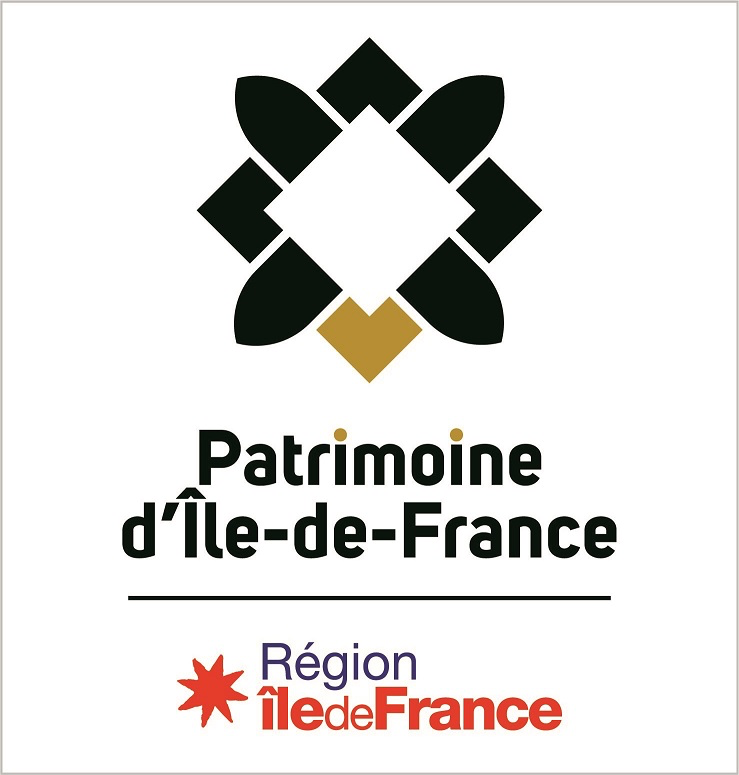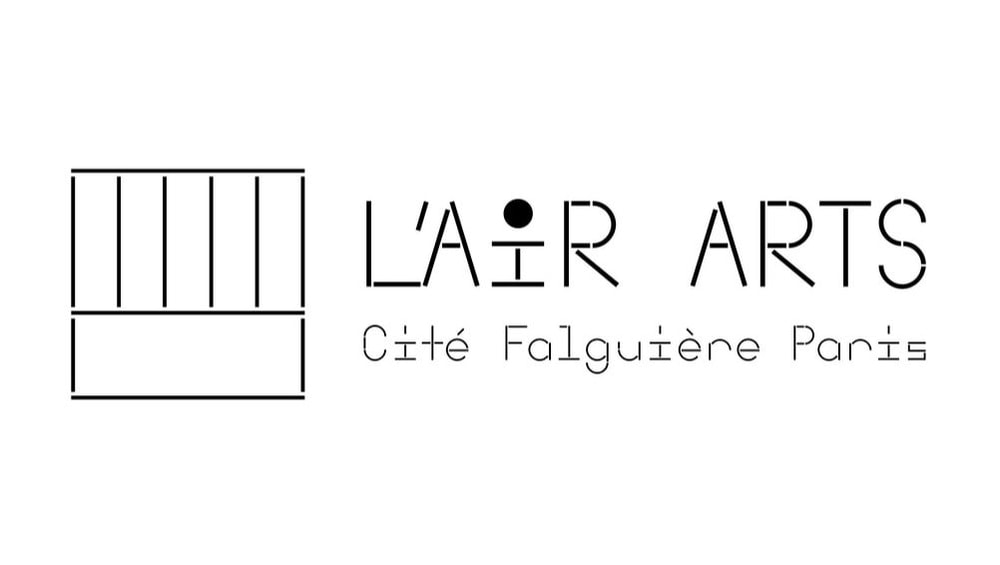|
To foster intercultural exchange and to celebrate the inclusive history of the École de Paris, L’AiR Arts launches a global call for partner institutions interested in offering art residency opportunities for their candidates at historic Atelier 11 in Paris.
With a rich history spanning 150 years, Cité Falguière was once a vibrant hub for the École de Paris movement, boasting the home-ateliers of renowned artists like Gauguin, Foujita, Modigliani, Brancusi, and Soutine. Recently recognized as a heritage site, its last surviving artist studio - Atelier 11, now operates as an International Arts Research Residency. This program is designed for artists and cultural professionals from any creative discipline who wish to develop their artistic research and/or project in Paris, for a period of two weeks to two months. Residents must receive support from one or more cultural partners who assume responsibility for covering the costs associated with the residency. Cultural, academic, and arts institutions worldwide are invited to submit their partnership proposals until September 20th, 2024.
0 Comments
On October 5, France’s Fondation du Patrimoine, in partnership with L’AiR Arts and Cité Falguière Associations, has launched «la collecte» on their signature crowdfunding platform to support the rehabilitation project of Atelier 11 Cité Falguière. Former studio of Gauguin, Foujita, Modigliani, and Soutine, for over 150 years it continues to host artists from all over the world. The project includes a restoration of the façade and renovations of the interior spaces, allowing the structure to continue welcoming artists and cultural professionals as an International Arts Research Residency.
We invite everyone to join the collective effort to preserve this living heritage of the Parisian artistic scene whose global significance is vital to understanding both art’s history and its living practice. Since 2021, L’AiR Arts has been running a pilot residency program at Atelier 11 Cité Falguière to transition the 19th century artist atelier into an International Arts Research Residency of today. Keeping the original purpose and the name, this multidisciplinary and experimental platform for contemporary projects is based on 4 pillars: intercultural exchange, research, professional development and creation. The individual self-directed residencies run in parallel to curated group programs and a diversified public programming, offering a unique experience connecting past and present, local and global. During the pilot two years at Atelier 11, L'AiR Arts has welcomed nearly 70 artists and cultural professionals from over 35 different countries and hosted around 30 public and private events, collecting the invaluable feedback from the residents and the visitors to establish a proof of concept in preparation for the Atelier 11 renovation and reopening. L'AiR Arts is excited to celebrate the one-year anniversary at its new permanent location, the historic Atelier 11 – the last surviving atelier of the prominent artists' community of Cité Falguière in Paris. A new emblematic home for L'AiR Arts, since August 2021 Atelier 11 operates as the International Arts Research Residency and welcomes local and international professionals for solo and duo projects, that run parallel to international group programs, partner residencies and events open to the general public. To preserve the architectural heritage of this remarkable building, L’AiR Arts, in partnership with Cité Falguière Association, is also working on an architectural project to restore and renovate the atelier in order to continue its artistic legacy within the contemporary culture.
Read some of the highlights from the past year below.... Residencies Over a year based at Atelier 11, L’AiR Arts has hosted nearly 50 local and international artists from over 30 countries. This includes 14 solo residents with 10 of them living at the Atelier. We also organized three group residencies (Photography, Drawing and In-situ) with 24 artists participating in professional exchange programs and additional 8 artists engaging in individual projects. Having provided refuge to creatives during the war-torn 20th century, in March-April 2022 Atelier 11 continued this tradition by welcoming an exiled artist from Ukraine - Maryna Semenkova. All residencies were either funded or subsidized by L’AiR Arts Association and its partners. Events In September 2021, L'AiR Arts opened the doors of Atelier 11 for the first time as part of the European Heritage Days, welcoming more than 2000 people. Throughout the year, we organized 18 public and private events at the Atelier 11 and beyond: 7 open studios, 5 exhibitions, and 6 special events, including public workshops, talks and community programs. In solidarity with Ukraine, L'AiR Arts team hosted 3 solidarity events at the Atelier and were proud to present a carte blanche performance with Maryna Semenkova at the 2022 Les Rencontres de la Photographie in Arles. We were also pleased to see two of our residents at this year's edition of La Biennale di Venezia, the longest-running survey of contemporary art. Partnerships In addition to existing partners, over the last year L’AiR Arts has developed new partnerships with a number of cultural and academic institutions, including the Association Cité Falguière, Palazzo Monti, Paris College of Art, Espace Frans Krajcberg, the University of Kent and Galerie Huit in Arles. L’AiR Arts also assisted BBC Arts in filming the special episode on Modigliani and his life at Cité Falguière. Architectural project In collaboration with local and international artists and architects, L’AiR Arts Association has been coordinating an architectural project for the restoration and renovation of Atelier 11. The project is being developed by gh3 – a Toronto-based architecture, landscape and urban design practice, recognized with over 40 significant design awards. They will work in collaboration with local architects specializing in the restoration of French heritage sites and historical monuments. The renovation will result in a three-level, multi-functional contemporary space that will preserve the essence of the quintessential artist studio of Montparnasse. Recognition and Support On August 29th, after more than 60 years since the community efforts to protect the Cité Falguière site were mobilized, the Atelier 11 cultural heritage project finally became institutionally recognized, receiving support from the Heritage Foundation. The announcement was made in the presence of the Minister of Culture and Stéphane Bern, mentioning the Atelier 11 as the only project located in Paris among 100 historical properties across France to receive this award. The Heritage Foundation’s support will cover the restoration of the Atelier's exterior facades, preserving the architectural heritage of this remarkable building. Funding for the interior renovations and programming remain to be established. New Identity - Same Mission To embrace its commitment to contemporary arts within a historical perspective, L'AiR Arts launches a new identity celebrating Atelier 11 heritage. Just like the building itself that was built by artists for artists, the new logo was created by one of our artists-in-residence, Maryna Semenkova from Ukraine, in collaboration with a graphic designer from Lithuania, Marek Voida. Minimalist typography and eleven lines representing the historical structure, pull together L'AiR Arts, Atelier 11 and Cité Falguiere under one uniform brand, carrying on the legacy of the École de Paris into the 21st Century. To continue Atelier’s artistic legacy within contemporary culture and to serve professional community and the public, L’AiR Arts and Cité Falguière Associations will continue to search for additional support from municipal, regional, national and international agencies as well as private foundations and individual donations. |
keep in Touch!News and resources shared on this community platform are meant to further the engagement, stimulate active thinking, and create pathways for knowledge transfer and cross-cultural exchange. Archives
April 2024
CategoriesCover Image: L'AiR Arts residents, Multidisciplinary Program, January 2020
|





 RSS Feed
RSS Feed